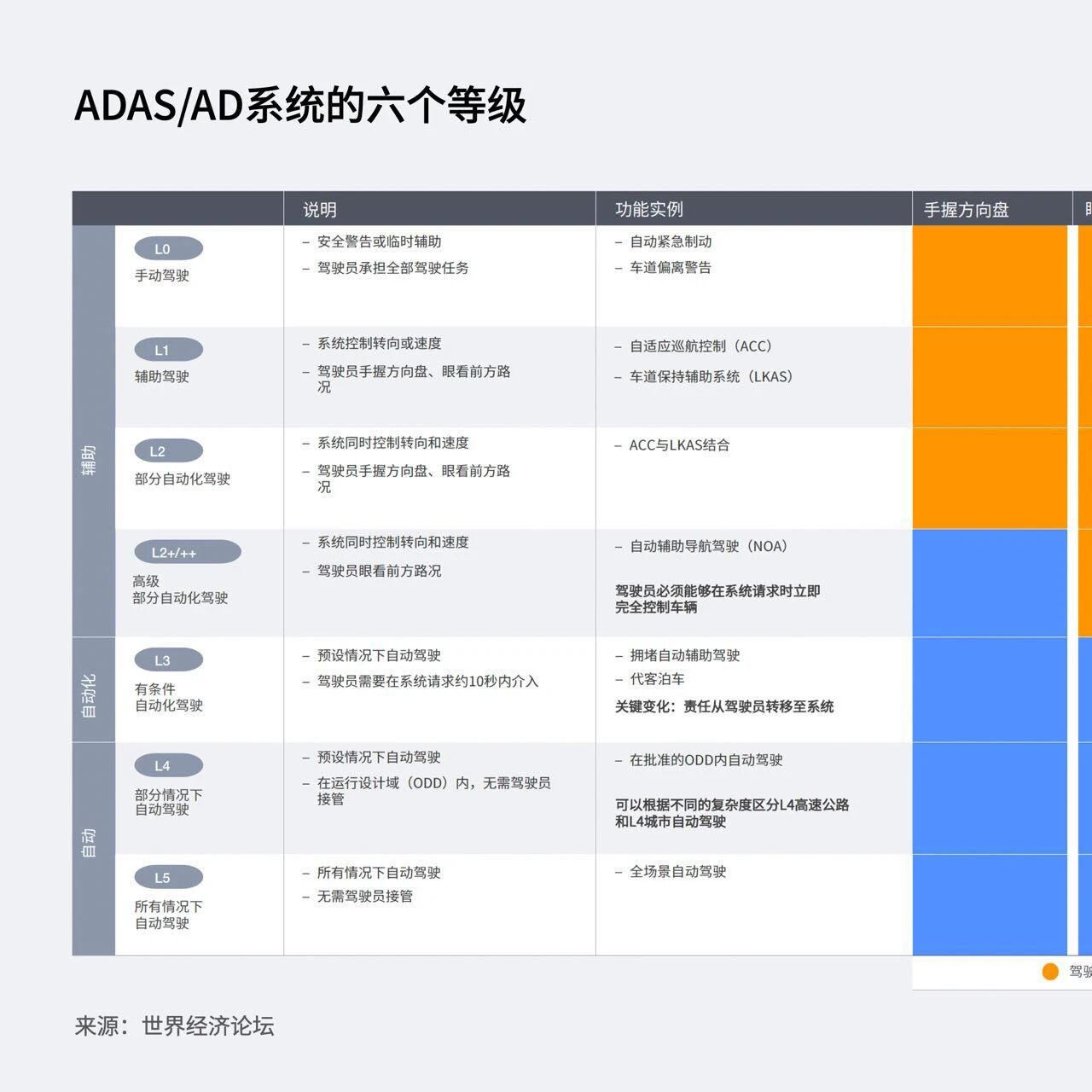Addressing the obesity crisis can reduce chronic diseases, ease the burden on healthcare systems, and help society thrive amid an aging population.
Image source:Unsplash/Robert Tjalondo
Camilla Sylvest
Executive Vice President and Head of Business Strategy & Corporate Affairs at Novo Nordisk
Human life expectancy is increasing, but chronic diseases are undermining health and placing additional strain on already overburdened healthcare systems, communities, and economies.
Obesity is a major contributor to non-communicable diseases, and addressing the obesity crisis is essential for improving cardiovascular and metabolic health—and for enabling healthy aging.
Businesses must take decisive, innovative action to unite policymakers, health leaders, and industry stakeholders in tackling the rising trend of overweight and obesity.
Due to increasing life expectancy and a long-term decline in birth rates, nearly one-fifth of the global population will be aged 65 or older by 2050. While we’ve made remarkable progress in extending lifespans, research shows that although recent generations in the UK are living longer, their overall health is declining compared to earlier ones. This trend is largely driven by chronic conditions such as obesity, cancer, diabetes, high blood pressure, lung diseases, and heart disease.Chronic diseases are common among the elderly, but they also significantly impact the working population, leading to absenteeism and early retirement. For instance, in India, the average age of onset for chronic diseases is around 53 years old.The widespread impact of chronic diseasesChronic diseases are not just a personal issue—they also directly impact communities, healthcare systems, and the economy.Due to the global healthcare workforce crisis, our health systems are under immense pressure, a situation that has raised concerns at the World Health Organization. A recent report by the Organisation for Economic Co-operation and Development (OECD) reveals that, based on minimum staffing standards for universal health coverage, EU countries were short of approximately 1.2 million doctors, nurses, and midwives in 2022.The OECD model shows that working together to achieve "healthy aging" can:- Slow down the growth of healthcare spending as a share of GDP over the coming decades.
- Helping to control long-term care costs
- Reducing the demand for healthcare professionals and long-term caregivers
Achieving healthy aging by addressing obesityEnsuring healthy aging in society is more critical than ever, with obesity at the heart of the issue. For instance, tackling obesity could improve cardiovascular and metabolic health, paving the way for healthier aging. Yet globally, over 160 million years of healthy life are lost each year due to being overweight or obese. As the number of obese individuals rises from 1 billion in 2020 to nearly 1.9 billion by 2035, this alarming trend is expected to grow annually.Overweight and obesity also have a significant economic impact. By 2035, the economic consequences are projected to exceed $4 trillion, accounting for nearly 3% of global GDP—up from 2.1% in 2019.Obesity is a major contributor to non-communicable diseases (NCDs). We must act decisively and innovatively—without delay—to tackle the obesity crisis.At the 2025 United Nations General Assembly (UNGA) High-Level Meeting on Noncommunicable Diseases, 194 countries will assess global progress in tackling NCDs and outline the path forward for the period 2030–2050.I hope everyone understands that obesity is a major driver of non-communicable diseases, and it’s urgently necessary to implement decisive, comprehensive responses across both societal and healthcare systems. Since the High-Level Meeting on Non-Communicable Diseases in 2018, our understanding of metabolic health and obesity science has deepened significantly—enabling us to now take more impactful action.Before the most severe impacts of a super-aging society emerge, we should prioritize making strategic investments. The investment areas include:1. Health system interventions focused on primary care provide care and support to individuals at risk of obesity or those already living with the condition.2. Implement a clear, multi-sectoral collaboration strategy to strengthen primary obesity prevention.3. To achieve the goal, establish partnerships with multiple stakeholders and departments, collaboratively explore innovative solutions across sectors, and implement initiatives known to deliver positive impact.Overcoming a Serious Chronic IllnessPreventing and detecting obesity early are key to overcoming serious chronic diseases. At Novo Nordisk, we support a comprehensive obesity-fighting strategy that spans from prevention to early diagnosis and management, aligning with the guidelines outlined in the World Health Organization’s "Framework for Delivering Obesity Prevention and Management Services."We build community-based prevention partnerships and drive impactful, evidence-informed actions through global initiatives. These programs include the "Cities for Healthy Living" initiative, the recently launched Childhood Obesity Prevention Initiative (COPI), and our ongoing, expanding long-term collaboration with UNICEF.Building on these efforts, we’ve set even more ambitious goals: to develop commercially viable, innovative solutions through the Transformative Prevention Unit (TPU) that can predict and prevent obesity—and its associated health impacts. By integrating scientific insights with clinical and public health data, we aim to leverage precision medicine approaches, identifying at-risk populations before obesity takes hold and implementing targeted interventions to avert the condition altogether. We fully recognize that this mission cannot be achieved alone. That’s why one of our core principles is fostering dynamic, multi-sector partnerships—bringing together the necessary expertise in science, technology, and implementation—to deliver impactful, game-changing solutions.Additionally, we are committed to collaborating with governments and other key partners worldwide, as well as investing in public-private partnership strategies—such as Denmark and Canada’s “Lighthouse Life Sciences – Healthy Weight” project—to advance health system initiatives and services aimed at tackling obesity and chronic diseases.2025 is a critical year for tackling chronic diseases and obesity, as the United Nations will adopt a new political declaration to guide efforts on non-communicable diseases from 2030 to 2050.Like other chronic diseases, obesity impacts multiple policy areas—including health, social care, education, employment, and the economy. Therefore, we must adopt cross-governmental, society-wide responses. This requires relying on the most widely available scientific evidence and guidance from global health experts, who strongly urge us to tackle the obesity crisis in a comprehensive manner.I urge everyone to join this vital journey and work together to make "improving health and extending life" a reality.
The above content represents the author's personal views only.This article is translated from the World Economic Forum's Agenda blog; the Chinese version is for reference purposes only.Feel free to share this in your WeChat Moments; please leave a comment at the end of the post or on our official account if you’d like to republish.
Translated by: Di Chenjing | Edited by: Wang Can
The World Economic Forum is an independent and neutral platform dedicated to bringing together diverse perspectives to discuss critical global, regional, and industry-specific issues.
Follow us on Weibo, WeChat Video Accounts, Douyin, and Xiaohongshu!
"World Economic Forum"





